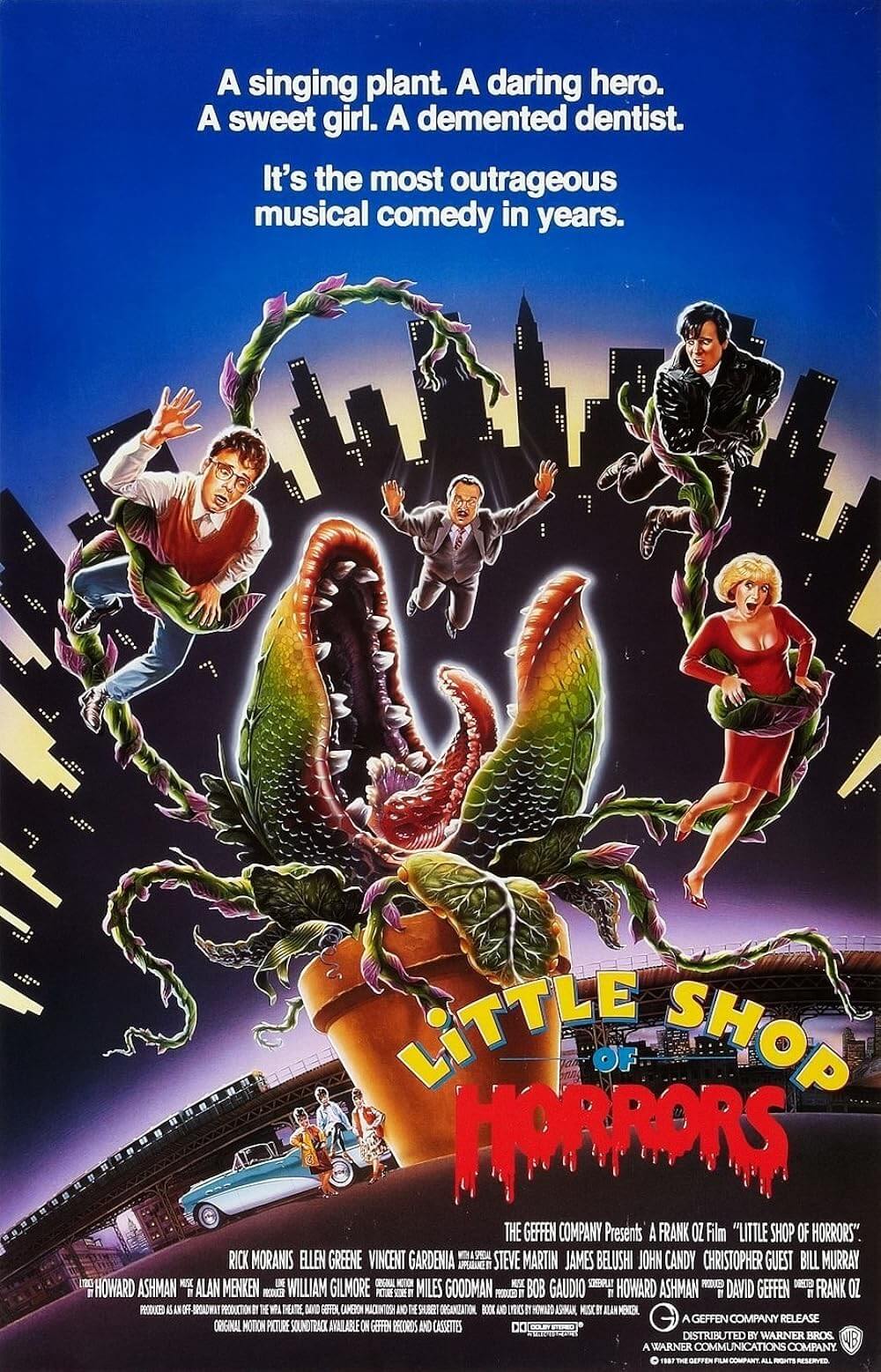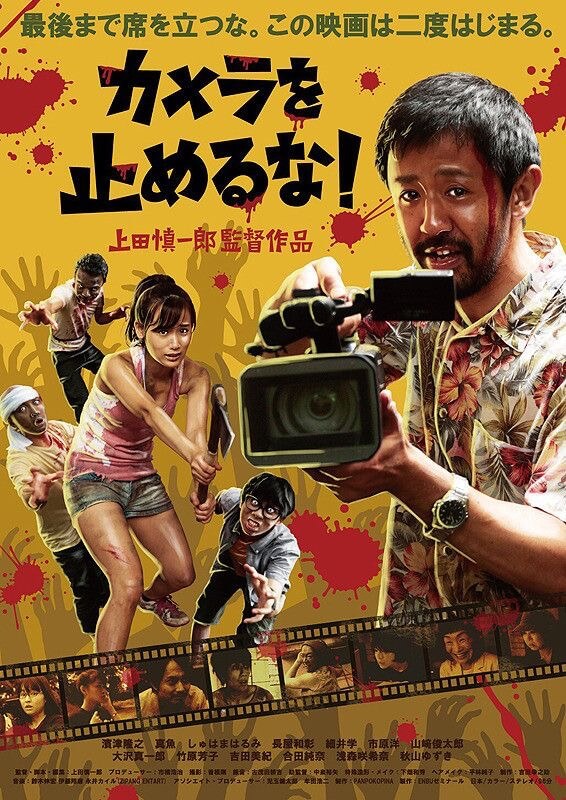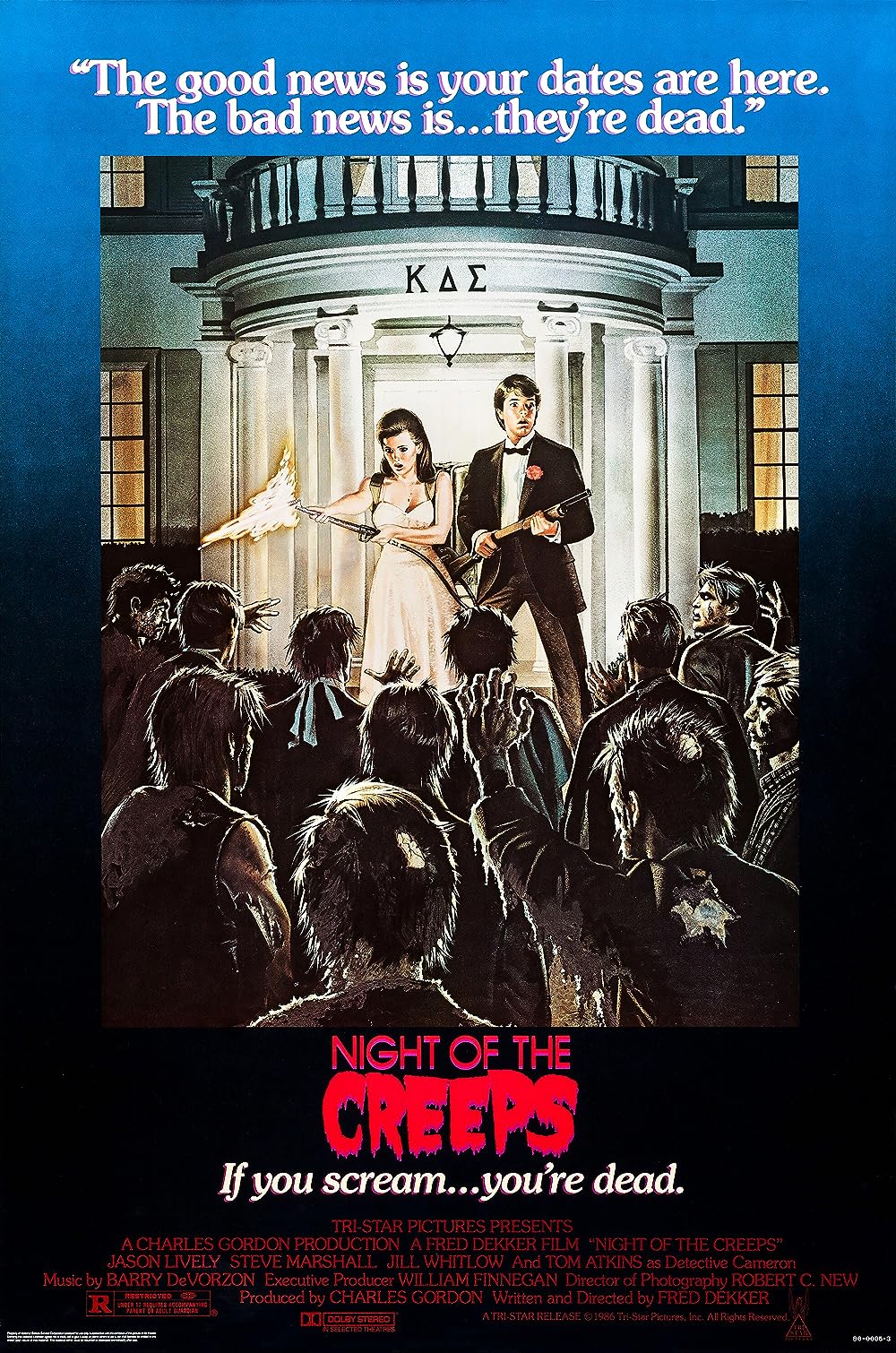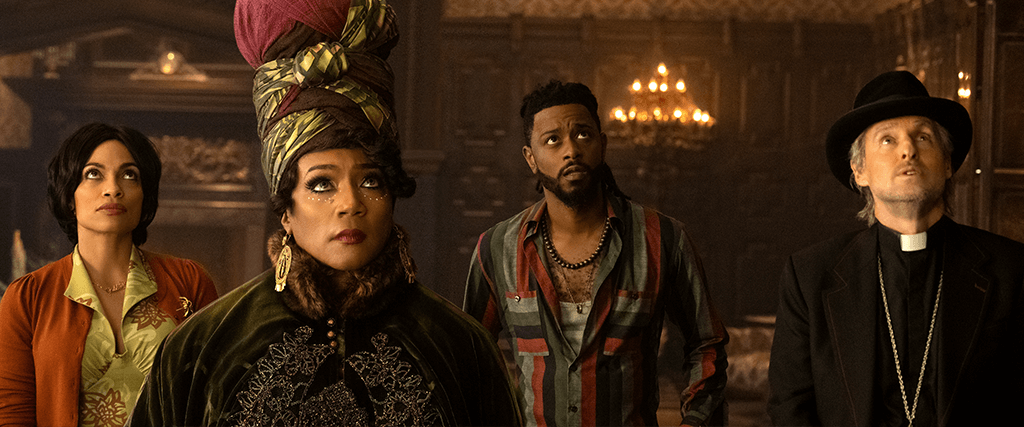
Haunted Mansion
By Brian Eggert |
Disney’s Haunted Mansion suffers from multiple personality disorder. One personality inhabits an oddly sexless, yet booze-soaked version of New Orleans, where a grief-stricken former astrophysicist mourns for his late wife, and where the boundary between blissful celebration and death is reflected in the lively jazz music and brass bands that accompany funeral processions. Another personality amounts to a goofy, madcap kiddy movie, populated by semi-transparent ghosts, some of whom look like Halloween decorations, and where goofball characters played by Danny DeVito and Tiffany Haddish run rampant onscreen. The last personality to emerge is particularly grim and horrifying, involving a twisted spirit who feeds on grief, having returned from the grave to gather 1,000 maligned souls before he can return. Cramming these personalities into a single movie could have produced a delightfully off-kilter experience. And while the opening narration declares the movie’s intentions to blend the lighthearted and the macabre to reflect the flavors of New Orleans, that doesn’t make the result any more palatable.
Based on the Magic Kingdom attraction launched in 1969, Haunted Mansion at least embraces its haunted house roots and earns its PG-13 rating, thanks to some spine-tingling specters, including a Black Widow armed with an axe (this is an axe-heavy movie). That’s more that can be said for the House of Mouse’s 2003 version, which starred Eddie Murphy and went family-friendly, amounting to a PG-rated trifle. This time, the studio enlisted director Justin Simien, who cut his teeth with horror-comedy on 2019’s Bad Hair, a Hulu original that weaved together Black culture and a B-movie scenario into a hilarious, spooky lark. Here, Simien applies his proven knack for balancing humor and scares into a flashy studio production. His unabashedly commercial project—complete with shameless product placements for Burger King, CVS, Yankee Candle Company, and many other brands—has an off-center quality that serves the movie well and prevents the material from feeling entirely substanceless.
Whereas the earlier Haunted Mansion belongs in a category with Hocus Pocus (1993), Casper (1995), and Goosebumps (2015), Simien‘s update feels more attuned to Beetlejuice (1988) or The Frighteners (1996), albeit decidedly less funny and less scary. Fortunately, the incomparable screen presence of LaKeith Stanfield maintains any wavering interest in the proceedings. He plays Ben, whose recently deceased wife was a spiritual type who convinced him to apply his CERN-worthy talent to invent a spectral camera to capture evidence of a “ghost particle.” Even though he invented the device, her loss has transformed him into a cynical recluse. That is, until Father Kent (Owen Wilson), an enthusiastic holy man, visits Ben and offers him $2,000 to capture an image of a ghost in the titular mansion. There, single mother Gabbie (Rosario Dawson) and her nine-year-old son Travis (Chase W. Dillon) have just moved in with plans to start anew after losing their respective husband and father. At this point, you’ll notice that Ben needs a wife, Gabbie needs a husband, and Travis needs a father. They fit like puzzle pieces that will surely come together by the end.
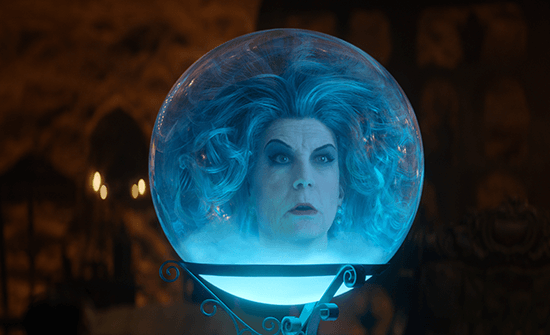 In a thin excuse for plotting, Ben begrudgingly agrees to take the photos, but he quickly learns the house’s many ghosts attach themselves to anyone who enters, so after he leaves, they follow him home. For Gabbie’s sake, Ben and Kent ultimately agree to help exorcise the spirits, enlisting more help in the form of a kooky local scholar (DeVito) and a medium of questionable legitimacy (Haddish). Together in a makeshift family, they attempt to learn the mansion’s ownership history in the haphazard second act, uncovering a long list of former owners, all of whom died gruesomely. Before long, the plot zig-zags into the group’s unearthing of a conspiracy involving a cruel villain—the famous Hatbox Ghost from the attraction, played by Jared Leto in a part that no doubt earned him a significant fee, but you’d never know it was an Academy Award-winning actor behind the CGI visage—and they plan to stop him. Along the way, the story incorporates various details from the theme park attraction, recalling the nostalgic intentions of Disney’s other based-on-a-ride fare, from Pirates of the Caribbean: The Curse of the Black Pearl (2003) to Jungle Cruise (2021). But the script by Katie Dippold has the same problems as her work on 2016’s Ghostbusters—it’s not all that spooky or amusing.
In a thin excuse for plotting, Ben begrudgingly agrees to take the photos, but he quickly learns the house’s many ghosts attach themselves to anyone who enters, so after he leaves, they follow him home. For Gabbie’s sake, Ben and Kent ultimately agree to help exorcise the spirits, enlisting more help in the form of a kooky local scholar (DeVito) and a medium of questionable legitimacy (Haddish). Together in a makeshift family, they attempt to learn the mansion’s ownership history in the haphazard second act, uncovering a long list of former owners, all of whom died gruesomely. Before long, the plot zig-zags into the group’s unearthing of a conspiracy involving a cruel villain—the famous Hatbox Ghost from the attraction, played by Jared Leto in a part that no doubt earned him a significant fee, but you’d never know it was an Academy Award-winning actor behind the CGI visage—and they plan to stop him. Along the way, the story incorporates various details from the theme park attraction, recalling the nostalgic intentions of Disney’s other based-on-a-ride fare, from Pirates of the Caribbean: The Curse of the Black Pearl (2003) to Jungle Cruise (2021). But the script by Katie Dippold has the same problems as her work on 2016’s Ghostbusters—it’s not all that spooky or amusing.
Simien’s visual treatment begins with the subtle promise of eerie whispers, mysterious shapes in the mirror, and dolly zooms—quaint, old-school horror trickery straight out of William Castle schlock. However, it doesn’t take long for Haunted Mansion to become a CGI fest, with Ben narrowly escaping murderous apparitions down hallways that never end. A most distracting effect belongs to Madame Leota (Jamie Lee Curtis, doing an iffy accent of unknown origin), whose head has been contained in a crystal ball. Rather than film Curtis and digitally insert her into a crystal ball, the filmmakers create an entirely CGI recreation of her appearance to distracting, rather annoying effect. It was probably completed with motion-capture technology, but the effect hints at a future of unconvincing AI-generated CGI characters, should the SAG strike not work out. But the silliest-looking sequence arrives at the climax, when the floating baddie attempts to acquire one-last soul, causing a flurry of cartoony ghosts to flutter about incoherently.
All of this proves mildly entertaining yet disjointed and never fully immersive. Still, Haunted Mansion earns plenty of goodwill thanks to Stanfield, Dawson, Wilson, and the newcomer, Dillon. Stanfield’s downward glance and cagey behavior draw the viewer in, and we cannot help but feel entranced by whatever he’s doing onscreen, no matter how convoluted. Elsewhere, a brief cameo by Winona Ryder and an even briefer cameo by Dan Levy earn chuckles. But the outcome never congeals into a satisfying whole. Instead of deliciously organized chaos—the kind of movie that often demands admiration, warts and all, for trying something ambitious—this movie feels patchy and over-edited by Phillip J. Bartell to create a false sense of momentum. Horror and comedy are two of the most innate genres, dependent on an involuntary response from the audience. But Haunted Mansion feels muted, its laughs mild, and its shocks rather grounded. It deserves admiration for its willingness to embrace jarring personality shifts and unhinged performances, and though there’s a lot happening to distract the viewer, little of it lands.
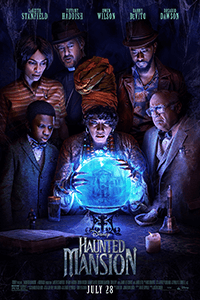
Thank You for Supporting Independent Film Criticism
If the work on DFR has added something meaningful to your love of movies, please consider supporting it.
Here are a few ways to show your support: make a one-time donation, join DFR’s Patreon for access to exclusive writing, or show your support in other ways.
Your contribution helps keep this site running independently. However you choose to support the site, please know that it’s appreciated.
Thank you for reading, and for making this work possible.
Brian Eggert | Critic, Founder
Deep Focus Review


